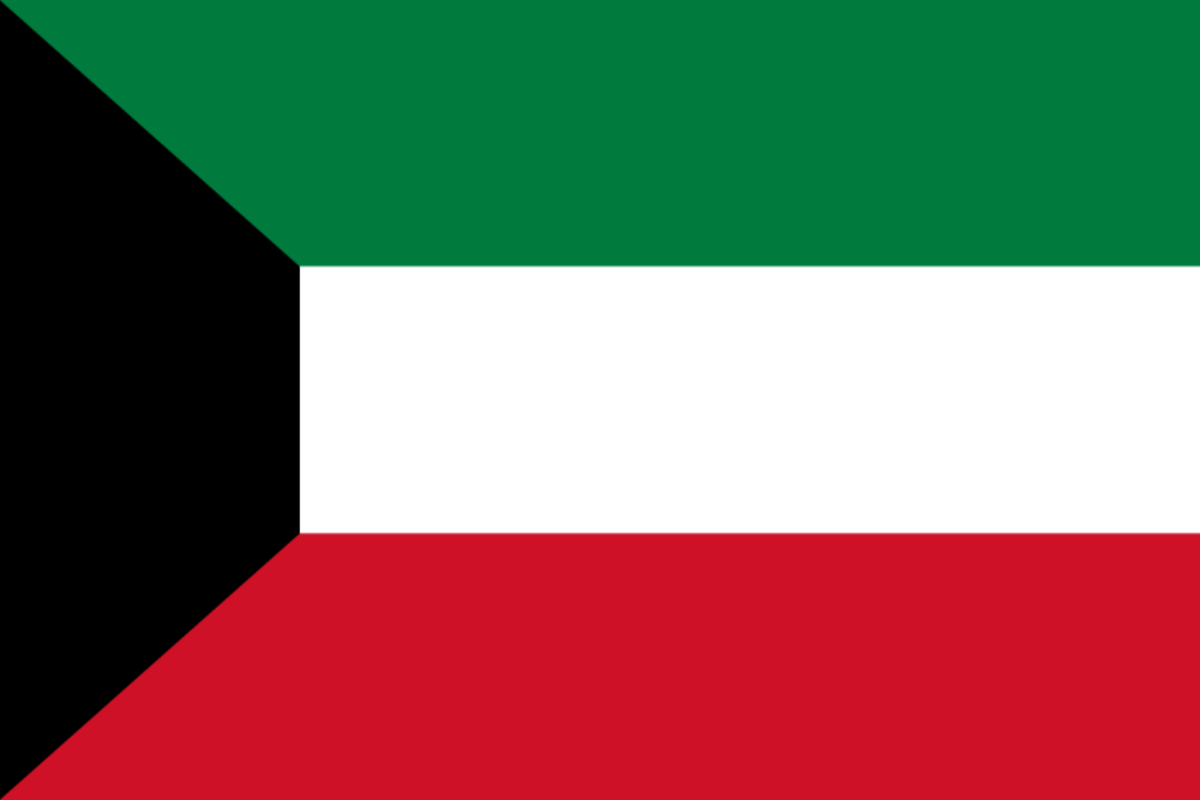The national animal of Kuwait is the Arabian camel. This is also known as the dromedary camel and has one hump. They are vitally important national symbols for a great many reasons and embody multiple aspects of Kuwaiti national identity and heritage. They are both literally and symbolically important in Kuwait.
The Arabian camel is among the most important of all the animals in this part of the world.
They are national symbols of a great variety of things as well as the more practical aspects of their role in Kuwaiti history and development.
Let’s find out more.

What is the national animal of Kuwait?
The national animal of Kuwait is the Arabian camel.
This camel is among the most important domestic animals in this region of the world, and has been used as a pack animal and mount for millennia.
They are well known for their ability to traverse desert environments with ease given how long they can go without drinking water.
This has made them ideal for caravans travelling long distances over extremely dry environments, as there is no need to carry or find water for your camels.
There are, as you probably know, two main types of camels in the world: those with one hump and those with two.
The Arabian camel, more generally known as the dromedary camel, is the one-humped variety that is found in Africa and eastern Asia.
They have not occurred naturally in the wild for more than two thousand years, as they have been exclusively a domestic beast of burden for that time.
There are, though, estimated to be as many as three million Arabian camels in the world today as they are still widely used as mounts for desert treks.
They are the tallest of all camel species, being anywhere from seven to 12 feet tall at the shoulder for the males.
The males generally weigh up to 1,500 pounds, with the females being a bit lighter at around 1,200 pounds.
They have a long, curved neck, and very long hairs on their throat, shoulders, and on the hump.
They are mostly diurnal and feed during the day, as they are well adapted to the desert heat.
They must be kept in herds and usually live in groups of around 20, led by a dominant male.
They are able to feed on many kinds of desert foliage and vegetation.
Why is the Arabian camel the national animal of Kuwait?
The Arabian camel is the national animal of Kuwait for a variety of reasons.
On the one hand, they are seen as important national symbols of unity and pride.
The camel is more or less completely inextricable from the history and present day culture of Kuwait, and again without them the country would no doubt look very different today.
So, on a number of levels, the camel is an embodiment of the spirit of Kuwait, from both a historical and modern perspective.
They are images of strength and determination, willpower and continuation in the face of even the most extreme hardship.
Beyond that, though, even though they have not occurred in the wild for more than two thousand years, they are still seen as embodiments of the nation’s natural beauty.
They are the perfect encapsulation of the desert environment which characterizes much of Kuwait’s landscape, and so in that sense they are again as much inextricable from the environment as the people are.
As with any national animal, though, it could mean different things to different people; no doubt it would embody something different to a camel herder than to someone who lives an urban life.
So, there could be any number of answers to this question.
How long can camels go without water?
Arabian camels have been shown to be able to go without water for up to seven months during the colder months.
This is to say, they can go this long without actually drinking; in winter they may get by, for instance, by eating snow. In the hotter months, they can go a week or two without actually drinking.
Importantly, they are aided in this by their humps, but not because their humps store water; this is a common myth.
Their humps store fat reserves, which can help them to go a longer time without actually drinking.
What is the difference between dromedary and Bactrian camel?
The main difference between a dromedary and Bactrian camel is the number of humps.
The dromedary camel, as we’ve seen, has one hump. The Bactrian, on the other hand, has two humps—though still, neither of them are used to store water!
But there are a great many morphological differences between them.
Bactrian camels are well adapted to colder, steppe environments in places like Mongolia, so they have much thicker coats to keep warm.
Bactrian camels are much shorter and heavier than dromedaries.
Despite their differences, though, they are capable of successfully interbreeding, so they are not all that genetically distinct from one another.
So, not to be confused with the Bactrian camel, the Arabian, or the one-humped dromedary, camel is the national animal of Kuwait.
They are important to the people of Kuwait on just about every level: spiritually and practically.
Without the camel, the history of this entire region of the world would no doubt look totally different.
For this, and many other reasons, they continue to be revered by the people of Kuwait.

